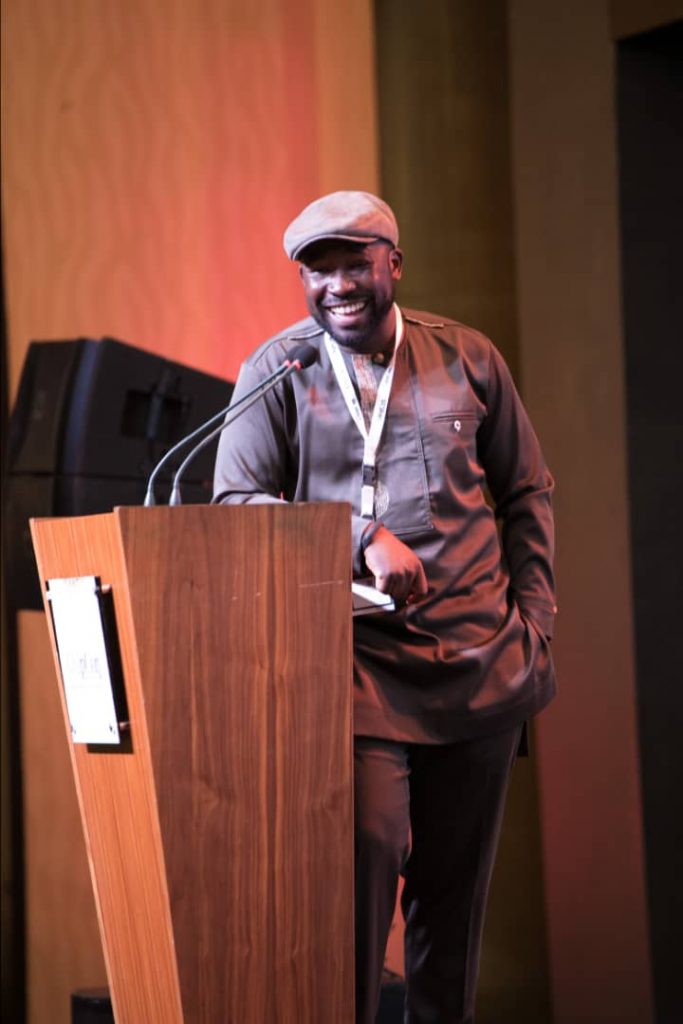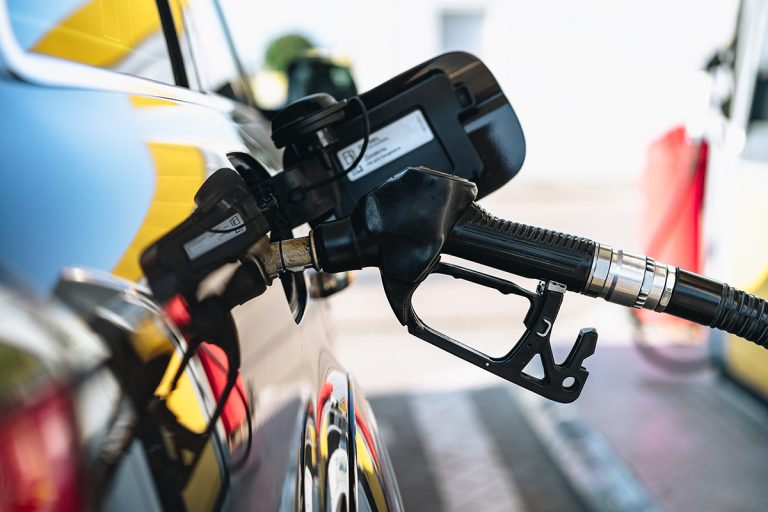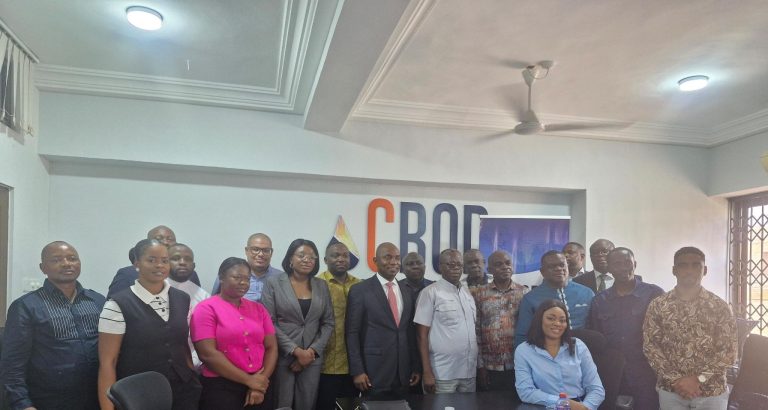JUST like the National Fiscal Stabilisation Levy (NFSL), which was originally meant to last two years but is now in its 10th year, the Chief Executive Officer of the Chamber of Bulk Oil Distributors (CBOD), Mr Senyo Hosi, fears that the energy sector levies – a temporary measure to resuscitate the energy and the banking sectors – risk becoming a permanent tax burden for consumers of refined petroleum products.
This is because the government appears to be accumulating fresh debts in the power sector that will now require an extension in the duration of the levies to help clear, he told the GRAPHIC BUSINESS in an interview.
The fresh debts result from under recoveries in the power sector due to the charging of non-realistic tariffs, he said.
With taxes already accounting for almost 50 per cent of the prices of petrol and other refined petroleum products, experts fear that an extension of the ESLA would keep prices of fuel high, with direct implications on inflation and the general cost of living.
New debts
Mr Hosi, who is the chief advocate for bulk oil distribution companies (BDCs), said already, the Energy Sector Levies Act, 2015 (Act 899) as amended (Act 946), in its current state was longer in duration than was originally conceived, raising fears that it could easily be made to ‘overstay its welcome.’
“I led the conceptualisation of the ESLA and its related debt interventions; mainly the energy bond.
“The outlook was not for it to be this long but it seems more like the most predictable source of funding for the challenges we have in the energy sector,” Mr Hosi told the paper on June 6.
He was speaking to the paper on a range of issues affecting the down and midstream petroleum sector.
“When you look at the ESLA, in effect, we are actually using petrol to subsidise power, right?
“So, question: Are we pricing power in a way that at least meets the current cost so that we know that we are not accumulating new debts? I do not think we are.
“I have my doubts as to whether or not our pricing is optimal enough to avoid the creation of new debts,” he said.
Mr Hosi said, “that is where you really have a problem with this entire the ESLA thing because the ESLA then becomes a bit more perpetual instead of something between five to 10 years.
“It may end up becoming something that we pay almost every day,” he added.
In 2016 when the ESLA took effect as a five-year (and later amended to become a 10-year) project, the energy sector debt was estimated at GH¢10 billion.
Public anger
Ghanaians and businesses in the country are not new to paying taxes that were originally fashioned as temporary measures only to turn out as permanent revenue sources.
Beyond the NFSL, which was first introduced in the 2000s and extended till date, the Tema Oil Refinery (TOR) Recovery Levy and the Special Import Levy (SIL) have also enjoyed consistent extensions despite originally being conceived as medium-term fiscal reliefs.
But unlike the above three taxes, which Ghanaians have grudgingly endured without resistance, Mr Hosi said he feared that the same public may not have that same level of tolerance for a sustained ESLA.
“The public patience or tolerance of a medium-term tax turning into a perpetual tax may be dwindling and their reaction may not be constructive for the viability of the programme,” he said.
To forestall a future agitation against the levies, Mr Hosi recommended that the ESLA be properly managed “in a way that we do not create new debt and we can bring a finite end to it.”
He also called for sustained efforts to stop smuggling of petroleum products, which he said was vital to the sustenance of the ESLA project.
Power sector challenges
Levied on refined petroleum products, the ESLA took effect in 2016 as the country’s most comprehensive response to the debt overhang in the energy sector, which was then threatening the books of the SoEs, BDCs and their creditor banks.
The debt burden stemmed from years of under recoveries, resulting from unrealistic tariffs, ex-pump prices, losses and delayed payments for loans.
Although a full deregulation in the downstream petroleum sub-sector has virtually eliminated the monstrous under recoveries in that area, the same cannot be said of the power subsector where players are known to be enduring a cyclical debt burden.
In April this year, the International Monetary Fund (IMF) flagged the energy sector as one of the many sources of risks facing the economy.
It said electricity tariff cuts in March 2018 (of up to 30 per cent) had added to the financial and liquidity problems bedeviling the sector.
Also, although electricity tariffs were supposed to be reviewed in March, the old tariffs are still in place, three months into the expiration of the 2018 tariffs.
A commissioner at the Public Utilities Regulatory Commission (PURC) said in confidence that the delay in announcing new tariffs meant “they will definitely be some under recoveries.
“Those things are known and someone needs to take that up,” the person, who was not authorised to speak, said.
“I expect them (the government) to figure out how to close the under recoveries gap,” he added.
–
Source: Graphic Business





